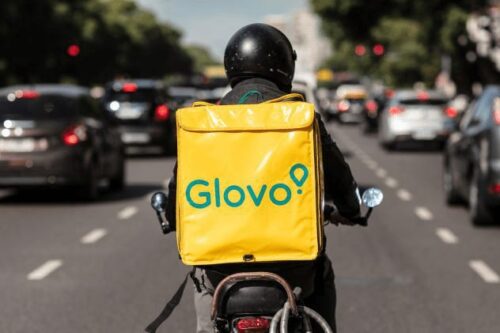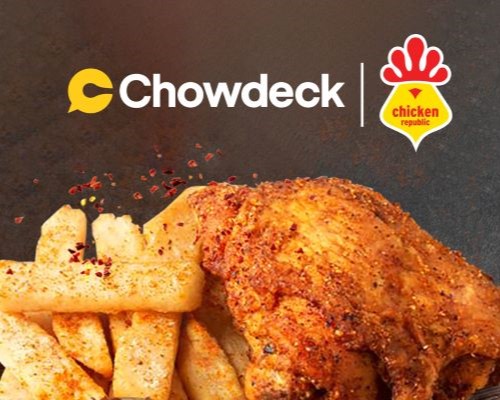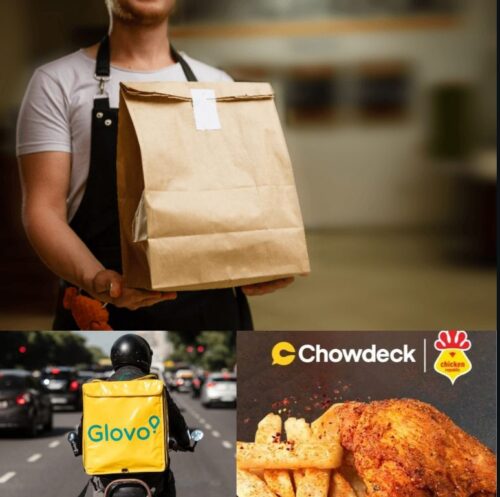
As food delivery becomes an integral part of daily life, users of platforms like Chowdeck and Glovo are increasingly weighing the trade-off between rising costs and the unmatched convenience these apps offer.
At the start of 2025, Anita, a Lagos-based marketer, vowed to cut down on food delivery to better manage her budget. As a Chowdeck power user, she placed 168 orders in 2024, realizing her dependency on the service. However, just two weeks into January, she had already placed 20 orders—right back where she started. For users like Anita, food delivery apps are not just about meals; they are essential time-saving tools in a fast-paced world.
According to Picodi, Nigeria has one of the highest food expenditure rates globally, with 59% of household income spent on food.
For many, the question remains: is the convenience of food delivery apps worth the cost? For some, the answer is a resounding yes.
Ada, a former university student and product designer, placed 283 orders on Chowdeck in 2024 and has no regrets. Balancing work at a venture-backed beauty-tech startup, university classes, and LinkedIn content creation left her with little time to cook. To her, time is more valuable than money, and she prioritizes reliability over variety. “I just want to know my food will be there when I need it,” she says.
However, not all users are entirely satisfied. Fayokunmi, who placed nearly 300 orders last year, is reconsidering his loyalty to Chowdeck after repeated issues with a particular restaurant. The vendor began charging extra for separating his Gbegiri and Ewedu into different plates, despite his requests to serve them together. When he contacted customer support, Chowdeck deferred to the restaurant, offering no resolution. Feeling unheard, he is now considering switching to Glovo but remains dependent on food delivery services.
Food delivery apps in Nigeria have transitioned from luxury services to critical productivity tools. For users like Anita, Ada, and Fayokunmi, these platforms help them navigate demanding schedules, making them indispensable despite rising costs.

With this increasing reliance, user expectations are also growing. Chowdeck claims to have a million users, and its ability to secure exclusive partnerships, such as its 2024 deal with Chicken Republic, gives it a competitive edge over rivals like Glovo and HeyFood.
However, cost-conscious users are willing to switch platforms if prices become too steep. Adekunle Adeleke, a Glovo super-user, briefly switched to Chowdeck for its diverse vendor selection but reconsidered when Chowdeck’s delivery fees increased.
Delivery fees, which can go up to ₦1,000, along with service charges, remain a major concern for users. Historically, food delivery companies subsidized costs to attract customers. However, maintaining this strategy is proving unsustainable, as seen in the exit of Bolt Food and Jumia Food from the Nigerian market.
To counter this, platforms like Chowdeck and Glovo have introduced subscription plans to encourage frequent ordering. Just like Glovo Prime which offers reduced delivery fees at a rate of ₦2,000/month and ChowPass (Chowdeck) which offers discounts from select restaurants for ₦3,500/month.
These plans offer tangible savings, with Adeleke claiming to have saved ₦116,000 in three months using Glovo Prime.
Despite cost concerns, users expect more features and improved service quality. Aderinsola Oluwafemi, a product designer and Chowdeck power user (220 orders in 2024), wishes for the ability to order from multiple restaurants at once to save time, Peace Solomon, a Chowdeck loyalist, spends around ₦50,000 weekly on food delivery and values the extra hours it gives her to study and create content also, Dolapo, a fintech executive, subscribes to both ChowPass and Glovo Prime, spending ₦400,000 monthly on food delivery to optimize productivity.
Meanwhile, Adeleke wants Glovo to improve its delivery reliability, citing experiences where riders delivered food barefoot—a concern that, while amusing, emphasizes the need for better service consistency.
However, as food delivery services become deeply embedded in modern life, the industry faces mounting expectations and economic challenges. To thrive in this competitive market, companies must balance affordability and profitability (by offering competitive pricing while ensuring sustainable unit economics), enhance service quality (by addressing delivery inconsistencies and improving customer support) and innovate with user-friendly features such as multi-restaurant ordering and more subscription perks.
Ultimately, for many users, food delivery is not just about eating—it’s about maximizing productivity and convenience. And even if they spend 30-40% of their income on these apps, it’s a trade-off they’re willing to make—at least until their next New Year’s resolution.



